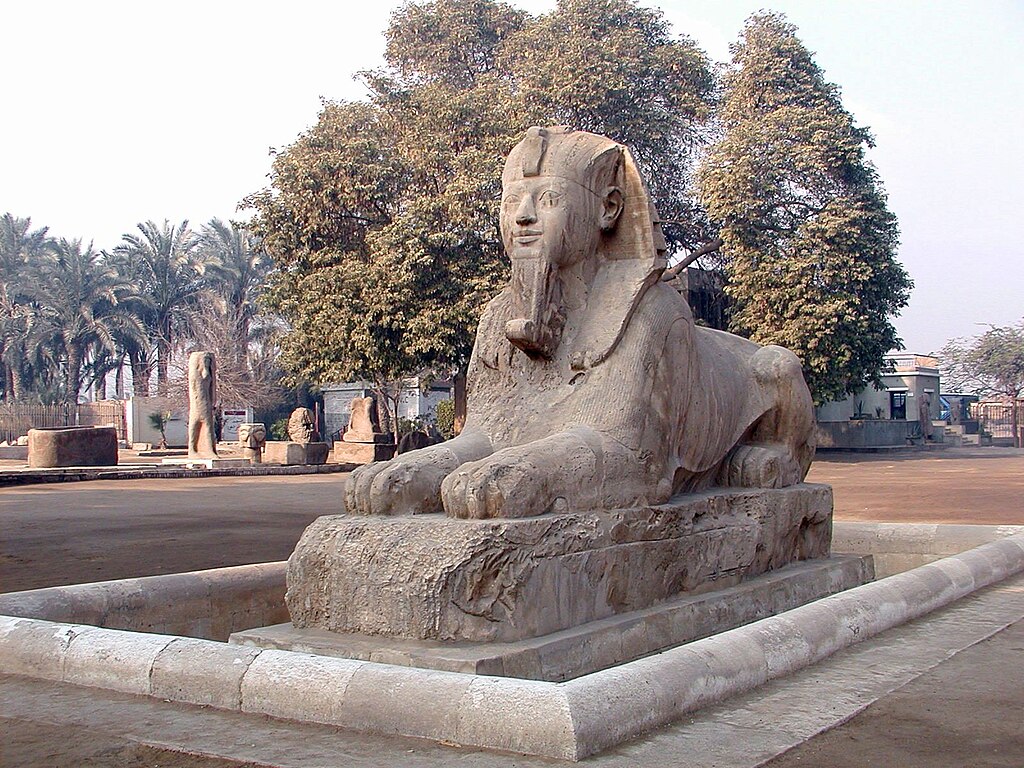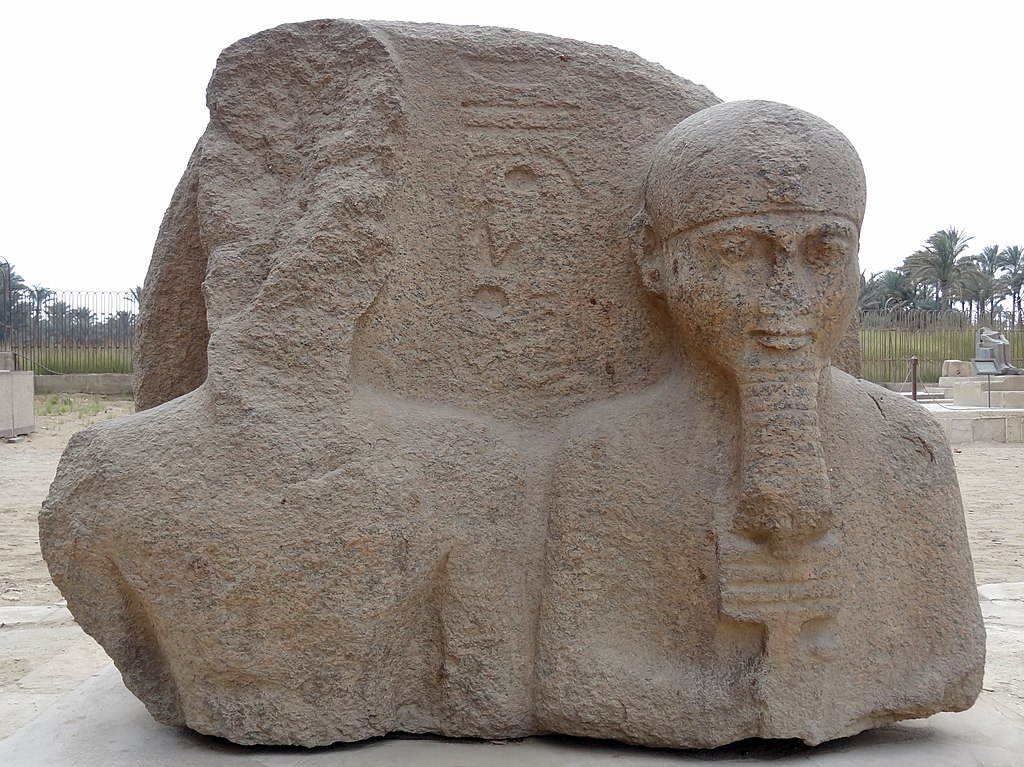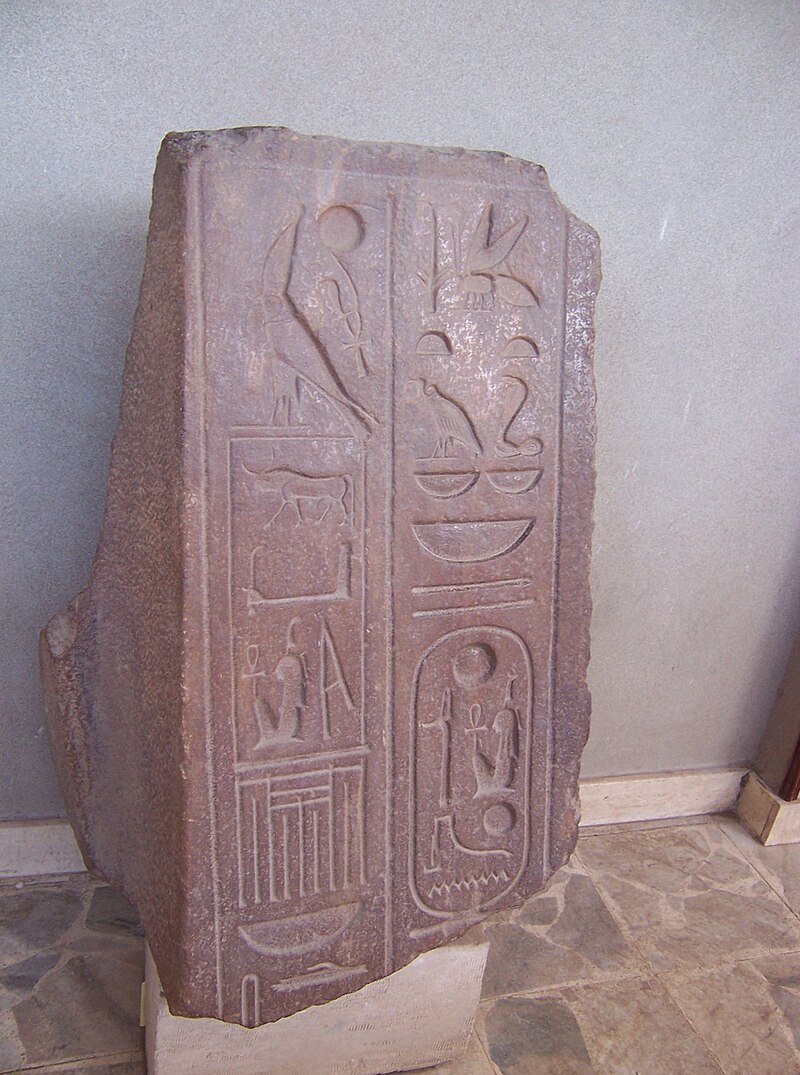Explore Ancient Egyptian Tales in Mit Rahinah: Giza’s Biggest Open Museum
Mit Rahinah Museum in Giza
Assmaa Rady
Like many parts of Egypt, Mit Rahinah is a live piece of ancient Egyptian history that is preserved to this day. Mit Rahinah is an open museum in Giza that represents a significant city in the history of Ancient Egypt. It has a colossal amount of heritage that has withstood more than 3000 years and is still targeted by travellers and researchers today. Let’s explore the vibrant past and present of Mit Rahinah’s open museum.
Mit Rahinah: The History of the Preserved Capital of Ancient Egypt

A glorious piece of history tucked away in Giza, Mit Rahinah is a living tale of one of the most ancient cities from Ancient Egypt. Mit Rahinah was established in 3200 B.C. as the capital of the North while Thebes, currently known as Luxor, was the capital of the South. Mit Rahinah later became known as Memphis, the first unionised capital of Ancient Egypt during the reign of King Mina. This capital was a pivotal religious and cultural centre in Ancient Egypt.
In Ancient Egypt, Mit Rahinah was the city of beliefs and creation. It was specified for worshipping the Ptah deity. He was believed to be a creator-god and patron of craftsmen and sculptors. This also turned the city into a centre for sculpting and craftsmanship workshops where statues were built of granite and limestone. The remains of these astonishing workshops and statues are displayed in Mit Rahinah’s open museum.
Mit Rahinah’s Open Museum: An Uncovered Treasure under the Giza Sky

An ancient treasure lying under Giza’s sky that the Supreme Council of Antiquities decided to turn into the open museum of Mit Rahinah in 1985, upholding the historical significance of this area and displaying a multitude of Ancient Egyptian artefacts amidst nature.
The Ancient Egyptian artefacts displayed at the open museum include a monumental 10-meter-long statue of Ramesses II carved from limestone. The statue is situated horizontally, providing visitors with an overhead view to observe its intricate details.
Mit Rahinah’s open museum also features other remains from several granite statues and columns used in temples by ancient Egyptians, along with rare coffins and a god statue made from limestone of Bes. Bes was a minor god in ancient Egypt believed to protect women in labour. He was depicted as a dwarf with a large head, googly eyes, and a few other distinct features.
The open-air museum is surrounded by palms and trees, where each artefact is meticulously placed for optimal display, creating an immersive experience akin to walking through Ancient Egypt.
Mit Rahinah: A Favourite for Egyptology Lovers

It’s no coincidence that Mit Rahinah has become one of the most important historical spots for Egyptology researchers and enthusiasts from all over the world; this place has witnessed one of the most prominent discoveries of the 19th century when the Italian archaeologist Giovanni Battista discovered the statue of King Ramesses II. This monumental discovery has driven several European excavation missions to Egypt, where they continued to visit for several decades to dig and discover more of Ancient Egypt’s magnificent history.
So, whether you’re obsessed with Egyptology or love new adventures, this open museum of Mit Rahinah will surely offer you a remarkable experience of Ancient Egypt’s legacy.
recommended
 Shopping
Shopping
Perfectly Wrapped for the Season: 8 Online Egyptian Bag Brands for Christmas Gifting
Alamki Canella +9 Sights & Travel
Sights & Travel



